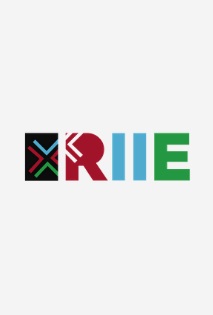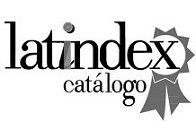Educación: Los desafíos de un aprendizaje en línea y las desigualdades educativas
DOI:
https://doi.org/10.30972/riie.12155567Palabras clave:
aprendizaje, desigualdades educativas, entornos virtuales, enseñanzaResumen
La siguiente publicación analiza los conocimientos básicos que presentan los alumnos de los cursos 4to (A y B) y 3ro (A y B) de la Escuela Regional de Agricultura, Ganadería e Industrias ubicada en la provincia de Corrientes, Argentina. El objetivo es conocer el equipamiento tecnológico del cual disponen los alumnos de acuerdo a sus condiciones socioeconómicas, evaluar los conocimientos que presentan sobre las herramientas básicas de su ordenador, el manejo y uso de las nuevas tecnologías que emergen de una modalidad virtual de enseñanza. La metodología empleada es cuantitativa y exhibe un alcance descriptivo, donde se pretende analizar y recopilar información sobre el uso y manejo que presenta el educando respecto a las nuevas tecnologías, se investiga el equipamiento tecnológico que dispone el grupo clase para crear un nuevo esquema de trabajo a futuro que garantice un sistema de enseñanza virtual de calidad que promueva la construcción de un conocimiento útil, verdadero, significativo y que perdure en el tiempo. Se concluye, que la readaptación y el ajuste de la enseñanza en entornos virtuales requieren de una planificación basada en el desarrollo individual y expansión de habilidades que propicien un escenario optimo en el proceso de enseñanza-aprendizaje. Tanto docentes como alumnos precisan de una alfabetización tecnológica para que puedan acceder y conducirse de manera competente a través de la cultura y tecnología digital.
Descargas
Descargas
Publicado
Cómo citar
Número
Sección
Licencia
Aquellos autores/as que tengan publicaciones con esta revista, aceptan los términos siguientes:
- Los autores/as conservarán sus derechos de autor y garantizarán a la revista el derecho de primera publicación de su obra, el cuál estará simultáneamente sujeto a la Licencia de reconocimiento de Creative Commons que permite a terceros compartir la obra siempre que se indique su autor y su primera publicación esta revista.
- Los autores/as podrán adoptar otros acuerdos de licencia no exclusiva de distribución de la versión de la obra publicada (p. ej.: depositarla en un archivo telemático institucional o publicarla en un volumen monográfico) siempre que se indique la publicación inicial en esta revista.
- Se permite y recomienda a los autores/as difundir su obra a través de Internet (p. ej.: en archivos telemáticos institucionales o en su página web) antes y durante el proceso de envío, lo cual puede producir intercambios interesantes y aumentar las citas de la obra publicada. (Véase El efecto del acceso abierto).






.jpg)


